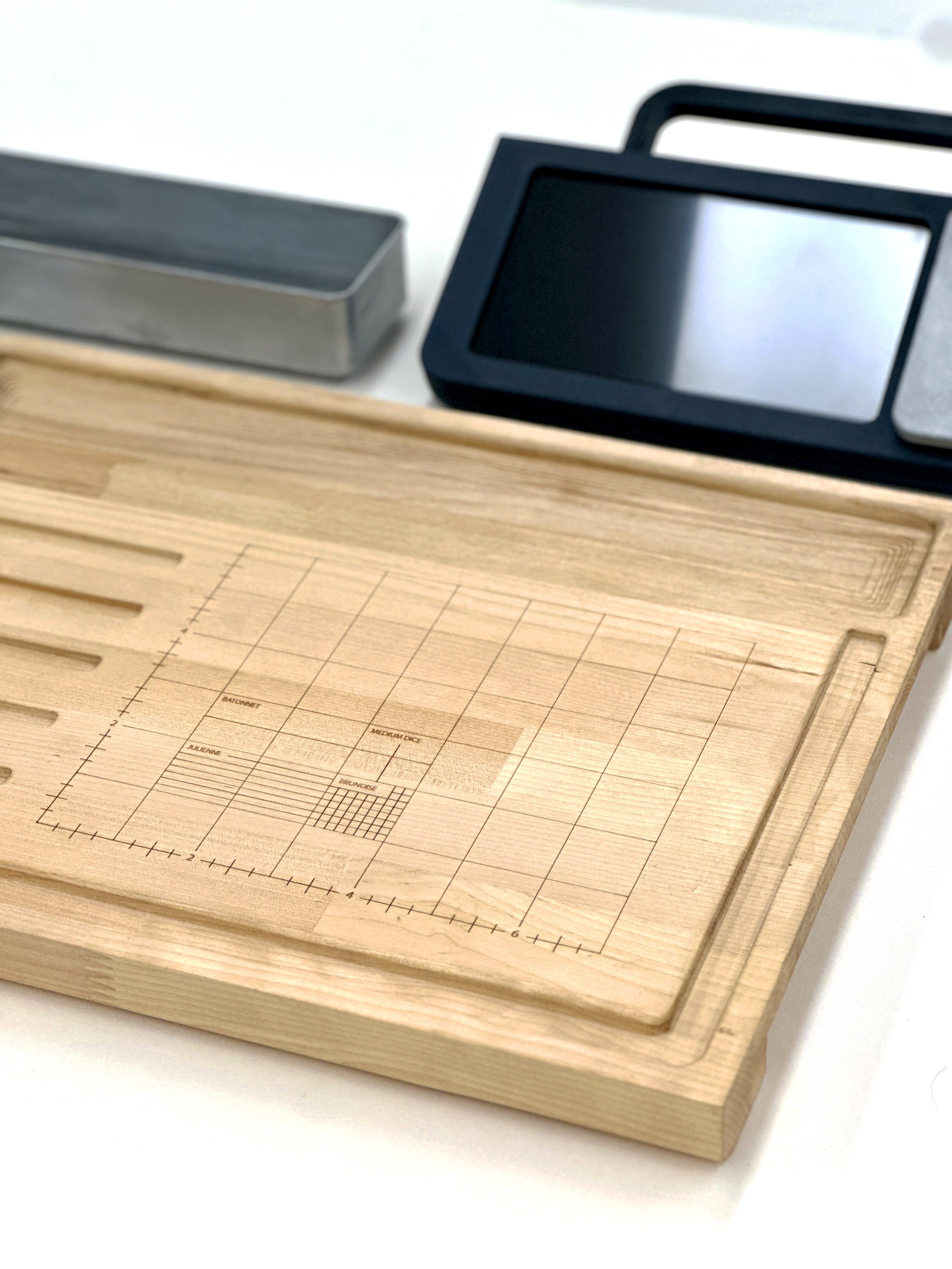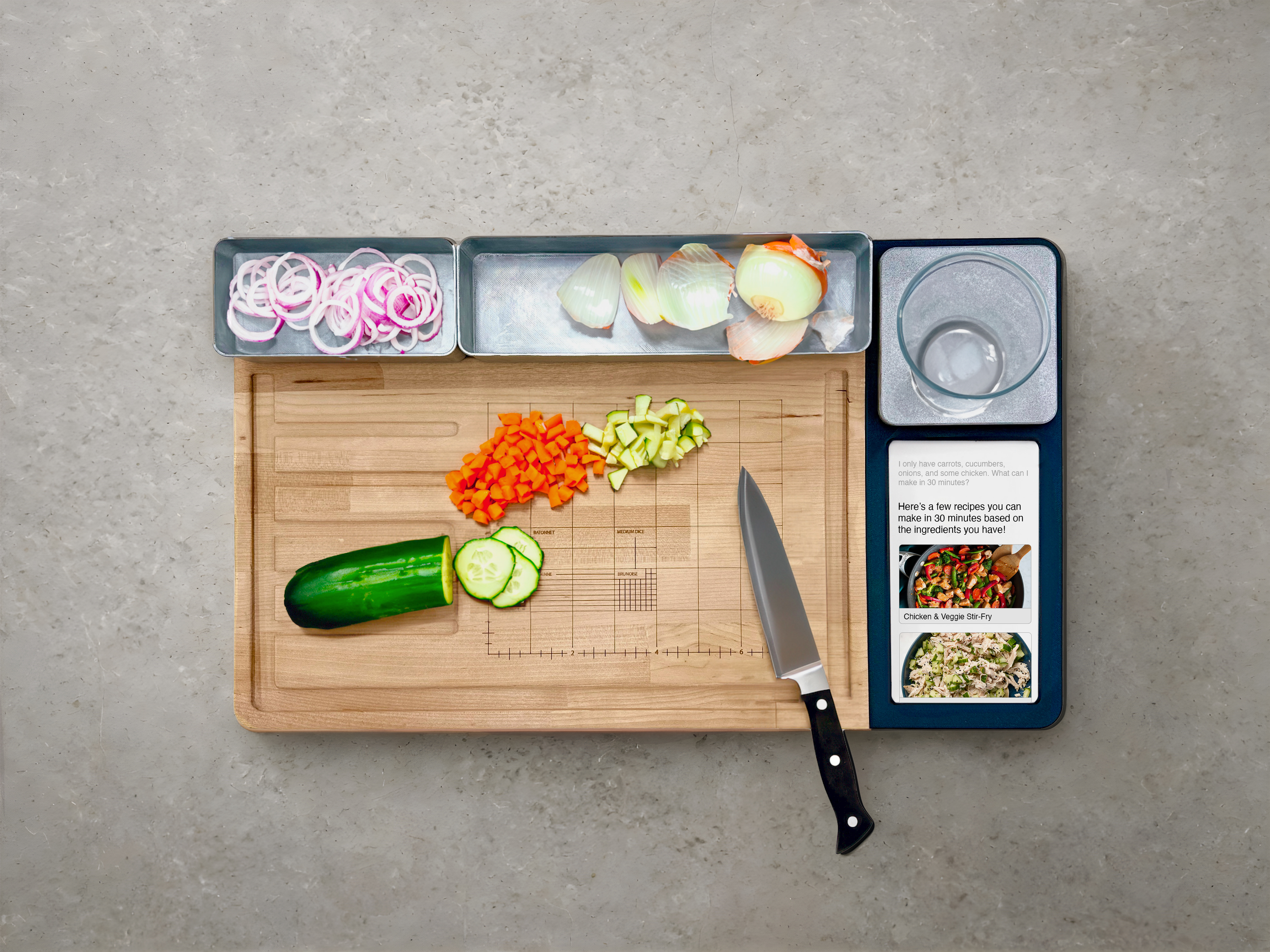My partner and I explored various topics before deciding to venture further into the world of cooking. However, we realized that cooking at home was a pain point for both of us, particularly as we navigated living on our own for the first time. Both of us had not learned how to cook from our parents and were relying on different digital resources and our own limited knowledge as we prepared meals at home. As we explored this idea, we interviewed other users in our target demographic and realized this was a larger shared experience than we had realized. The main insights from the users interviewed were that they felt that preparing a meal was too time-consuming and felt unintuitive to those who perceived they had lower cooking abilities.

Sketches
Research Interviews
To better understand how to bridge the gap between our target demographic and cooking experts, we interviewed culinary students and flavor specialists. Despite having differing areas of expertise, we learned that the experts agreed that the key to improving cooking skills is through repeated practice of different techniques/recipes
Cooking Exercise
As much as we could read about the different techniques of cooking or hear users’ experiences, we felt that attempting to cook together could be a unique exercise in which we could experience our targeted users’ pain points firsthand. We both decided to make a recipe that neither of us had ever tried before, as well as a homage to our early inspiration, Ratatouille. This experience highlighted to us that it was very difficult to modify the recipe based on the ingredients available to us, using any digital recipe (in video or list form) often led to more time being spent re-reading/re-watching specific parts of the recipe, and working together made us feel more confident to try something new. We both agreed that when preparing meals for ourselves, we tended to make safer choices to ensure the food we made wouldn’t go to waste and we wouldn’t be stuck eating a poorly prepared meal for days.
Observational Studies
In addition to our insights, we understood early on that cooking is a field that is very personal and subjective to the user. We conducted observational studies to see how users with a range of self-perceived skills would prepare their food and what tendencies they had.
'Buy A Feature'
With all of these garnered insights, we decided that we wanted to re-imagine the cutting board alongside some form of digital solution. We felt that the cutting board was a pivotal first step for a multitude of recipes. We used the research method ‘Buy A Feature’ to have a clear understanding of what our initial interviewees would want in a physical product.




